QuickFix
Maintenance know-how made easy
The challenge
Dealing with maintenance issues can be difficult, should an individual hire an expensive professional or spend their time searching for the information themselves. Would it be better if expert advice could be made readily available to users so that they can apply it to these problems?
Project
Application
Designer
Project overview
View prototypeMy role
Tools used
Methods
Duration
March - October 2021
The design thinking process

Understand
If a need is not being met, then there is a problem that needs to be defined and understood.
In order to better understand the problem, research was conducted in order to uncover the user’s needs, motivations and behaviors towards utilizing maintenance services. The following research goals needed to be met to define this understanding.
Competitive analysis
To determine the strengths & weakness of existing apps
User research
To better understand users attitudes & behaviors towards utilizing maintenance services.
Competitive analysis
The first step was to uncover similar apps that were being used in the maintenance help sector so that I could determine what aspects of their products worked well for their users and what aspects needed improvement in which I could take advantage of.
Competitor apps
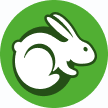
TaskRabbit is a freelance labor app that matches expert help with local demand.
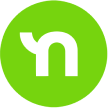
Nextdoor is a social networking platform allowing users to find industry advice & hire local professionals.
TaskRabbit SWOT Profile

Strengths

Weaknesses

Opportunities

Threats
Nextdoor SWOT Profile

Strengths

Weaknesses

Opportunities

Threats
User research
Once the competitive analysis was complete and I was able to determine what similar apps had to offer to their users the next step was to conduct research in order to better understand how a user would respond to an app that provided maintenance advice.
Research methods
Research goals
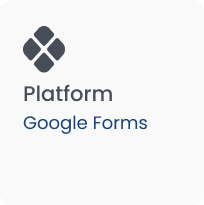
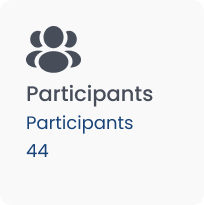
Key survey insights
Communication
A large percentage of users (75%) stated that a video chat function (a main app feature) would be the preferred method of communication.
Local help
A large percentage of users (86.4%) stated that they would prefer to be linked with local professionals when seeking advice.
Preferred method
More than half of the users (68.2%) used the internet when looking for advice which gave evidence that a web-based up would be the most accessible way to deliver the app.
Research methods
Research goals
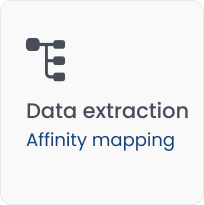
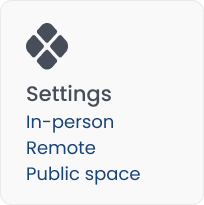
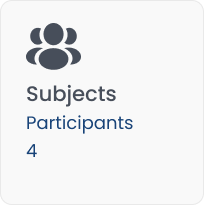
Affinity map
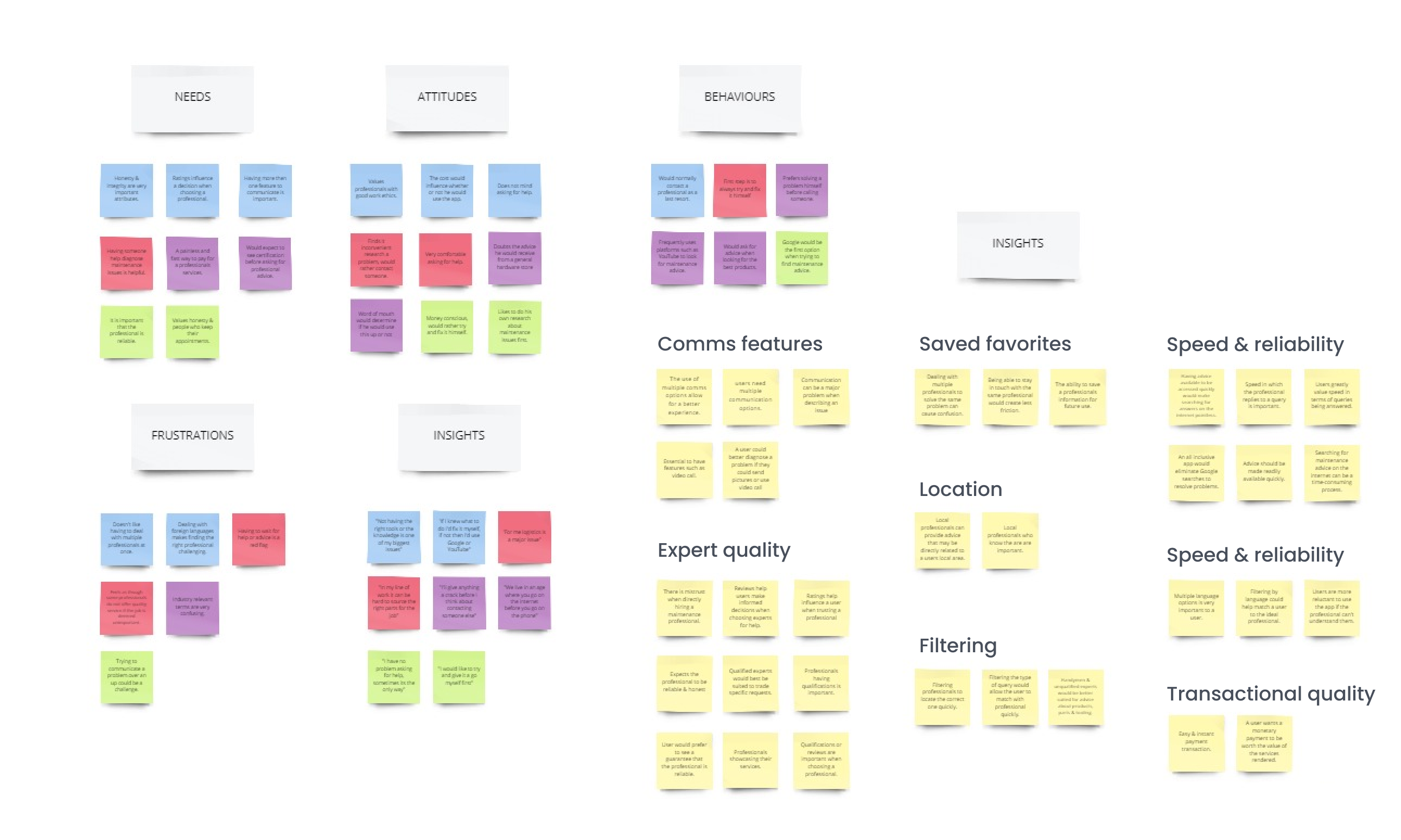
Key Insight examples
Comms features
Location
Professional credentials
Filtering
Speed & reliability
Language & accessibility
Define
Once the need is understood, a clear problem statement is defined and solutions are then developed.
The problem statement and user personas
The next phase was to take the data extracted from both the competitive analysis and the insights from the user research and define a clear statement. From here I was able to turn this data into two workable personas to further help define who this app would best represent.
The problem
People who are confronted by maintenance related issues don’t always want to hire someone and need a way to quickly and reliably interact with a professional so that they can use the expert advice provided to solve their maintenance issues.
We will know this to be true when we see an increase of users opting to sign up to the platform.
The user personas
With insights extracted from user research I was able to come up with two workable personas that I believed would best represent the users of this app.
Persona 01
The corporate highflyer
Persona 02
The ‘jack of trades’ handyman
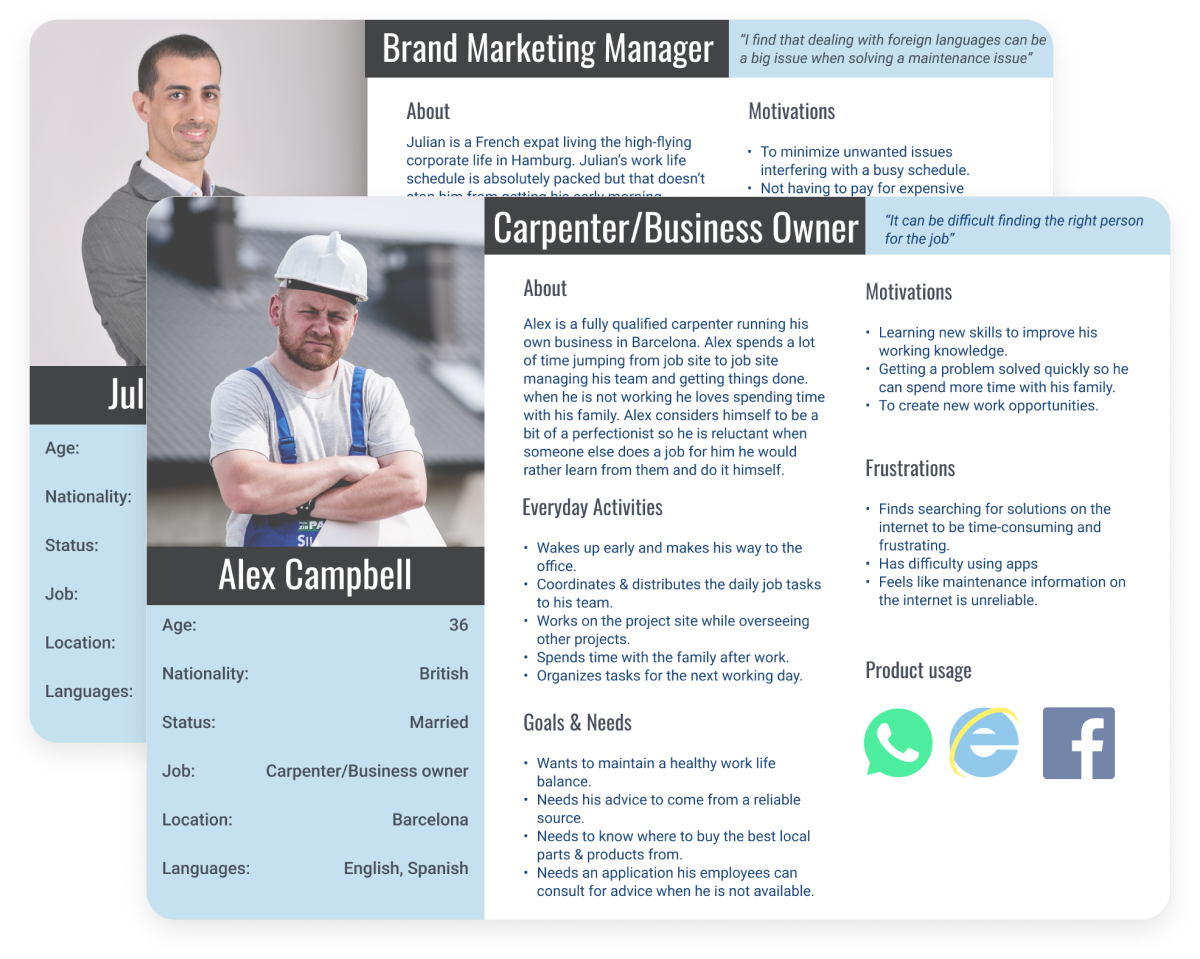
Ideate
Ideas are then created and new solutions are then explored.
The user journey and the user flow
The Journey
Understanding the user's journey helped identify potential tasks they would use the app for.
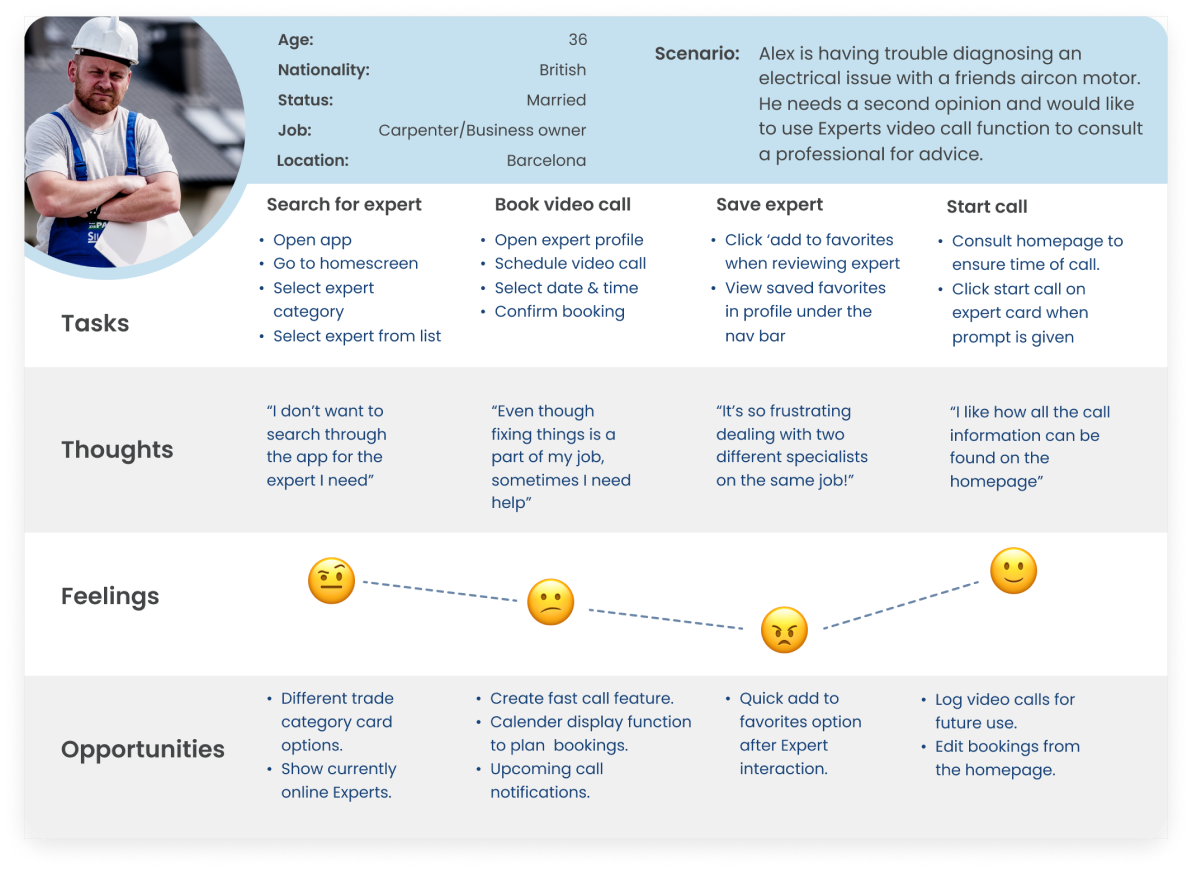
The flow
Understanding the user’s user flow allowed me to visualize the way they would complete a task helping me to design a frictionless user experience.
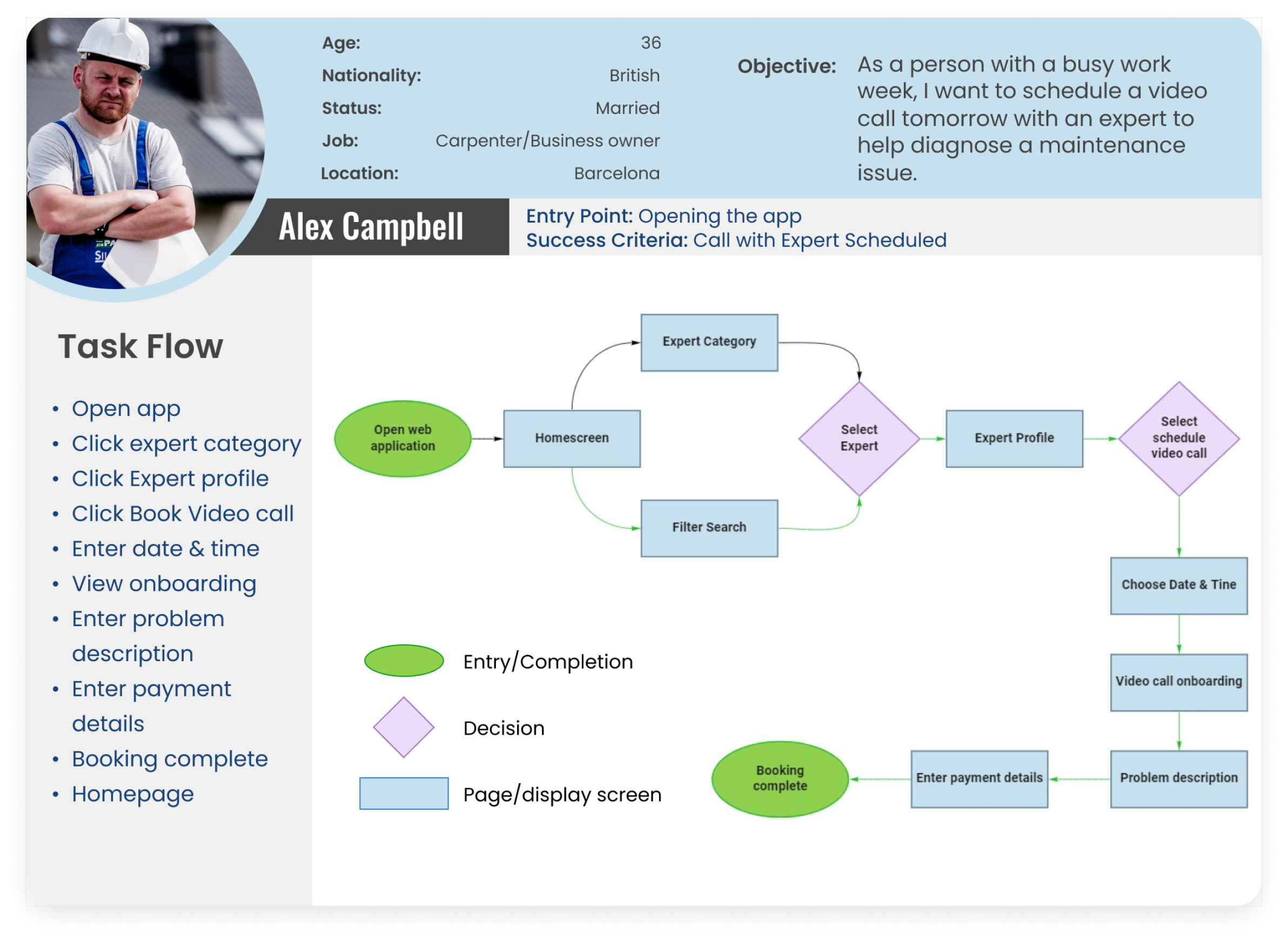
Site map & card sorting
The next phase was to put together the app’s architecture in such a way that allowed seamless navigation. This consisted of creating an original site map then using a card sorting technique to iterate and further improve its structure.
The original design
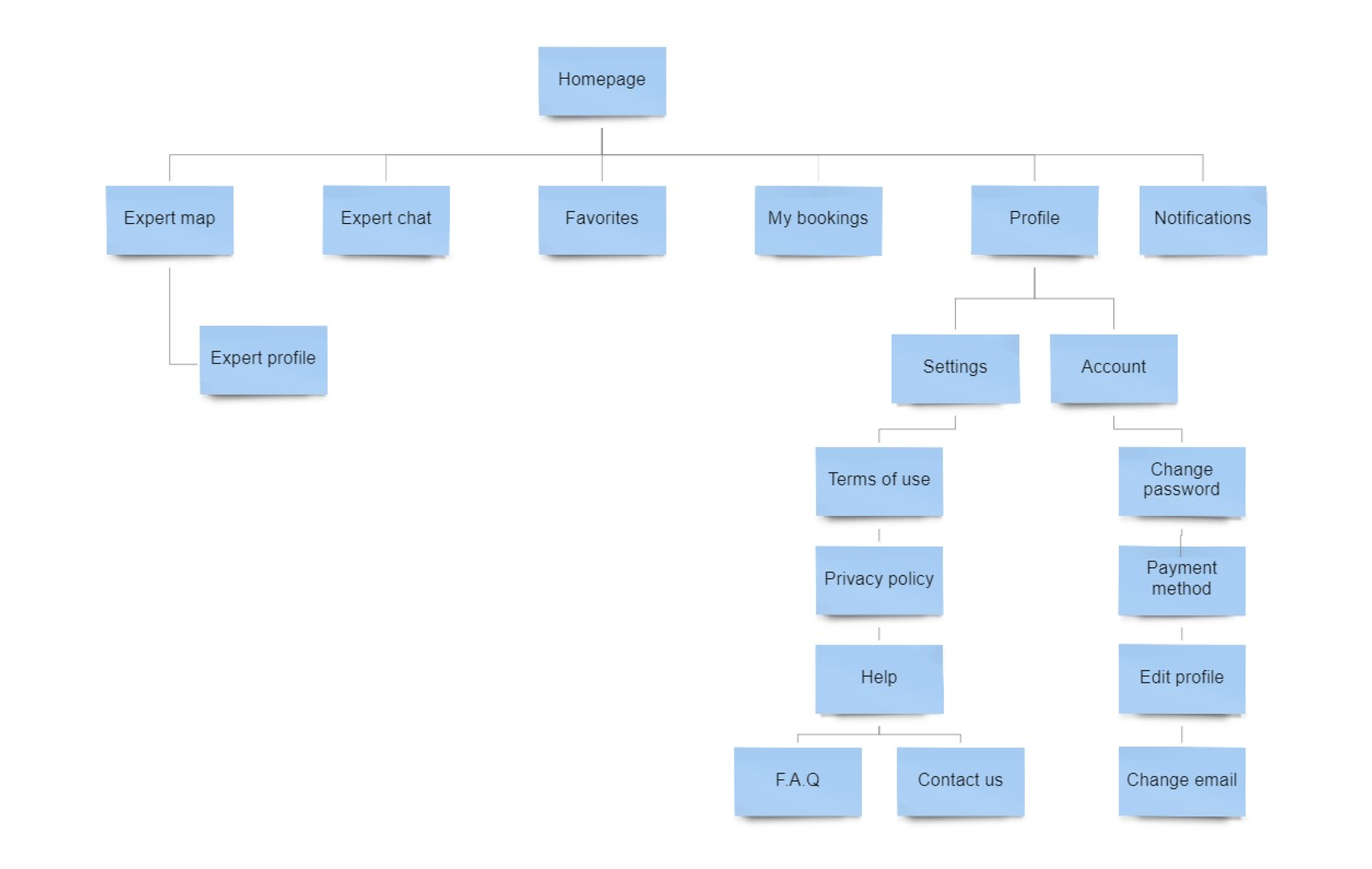
Redefining through card sorting
Refined categories
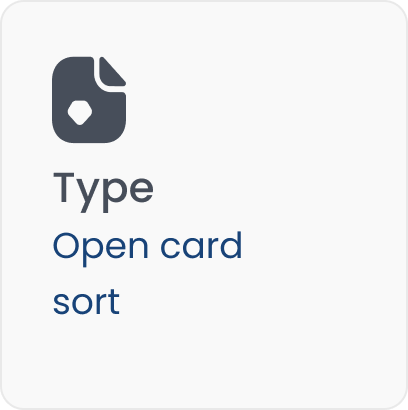
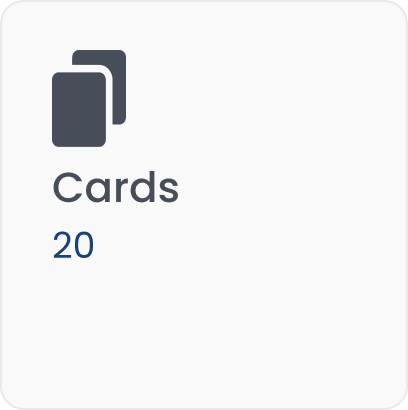
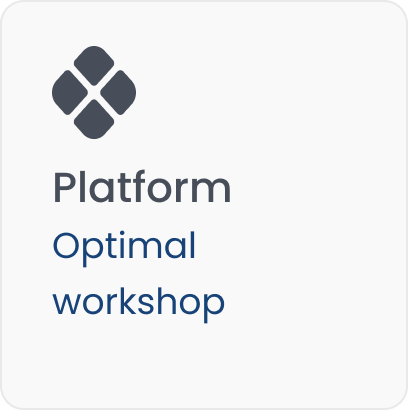
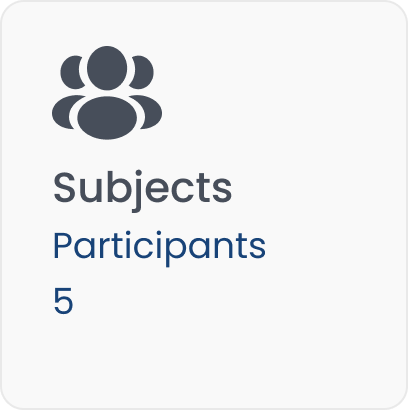
Revisions are implemented
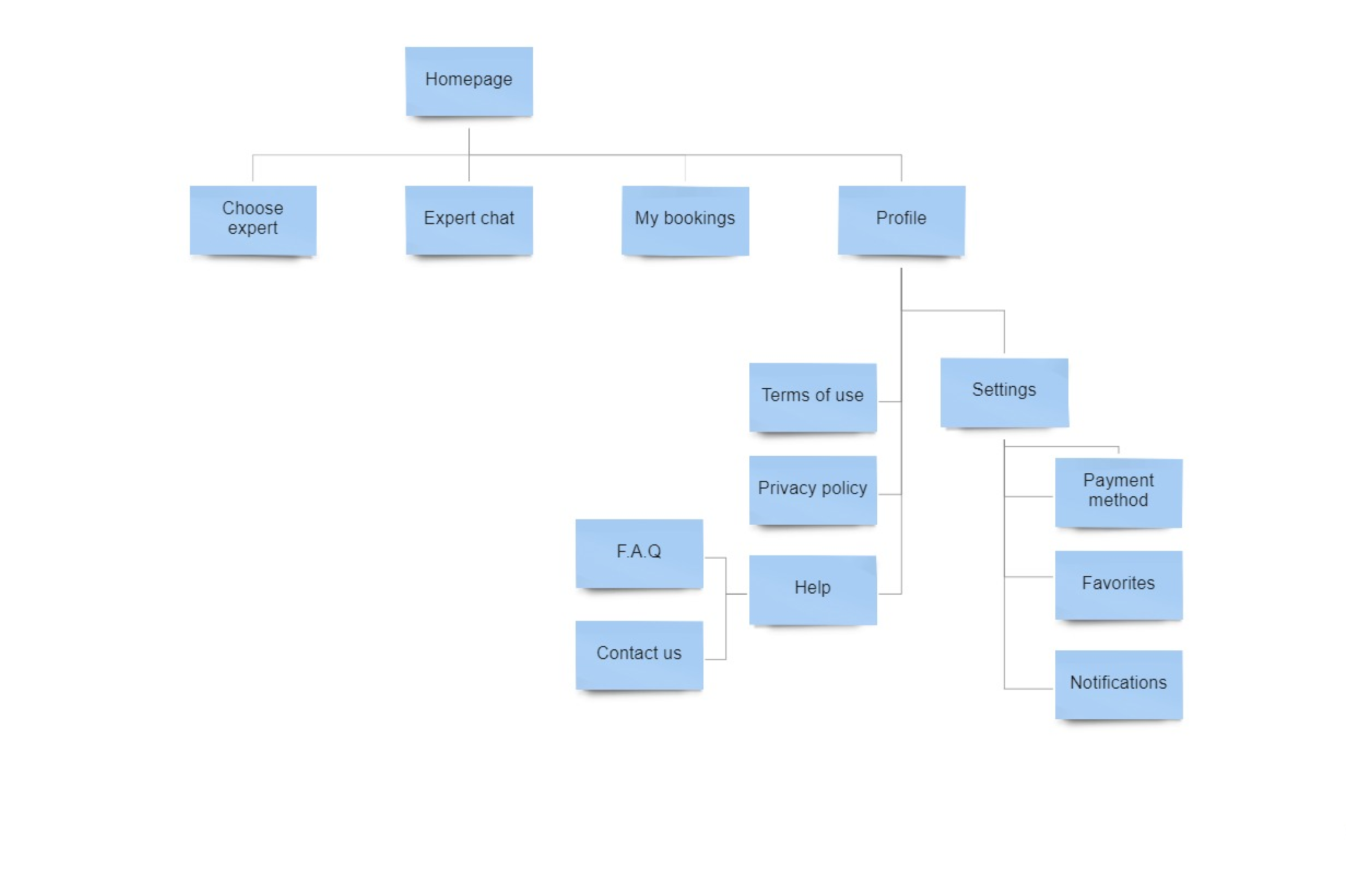
Prototyping
It is time to bring ideas to life through sketch and design
Wireframes
Sketches
Once the research phase has ended it was time to begin putting what I learnt together. I began by sketching simple wireframes to understand the layout, this would in turn help me determine what elements to include and where to place them.
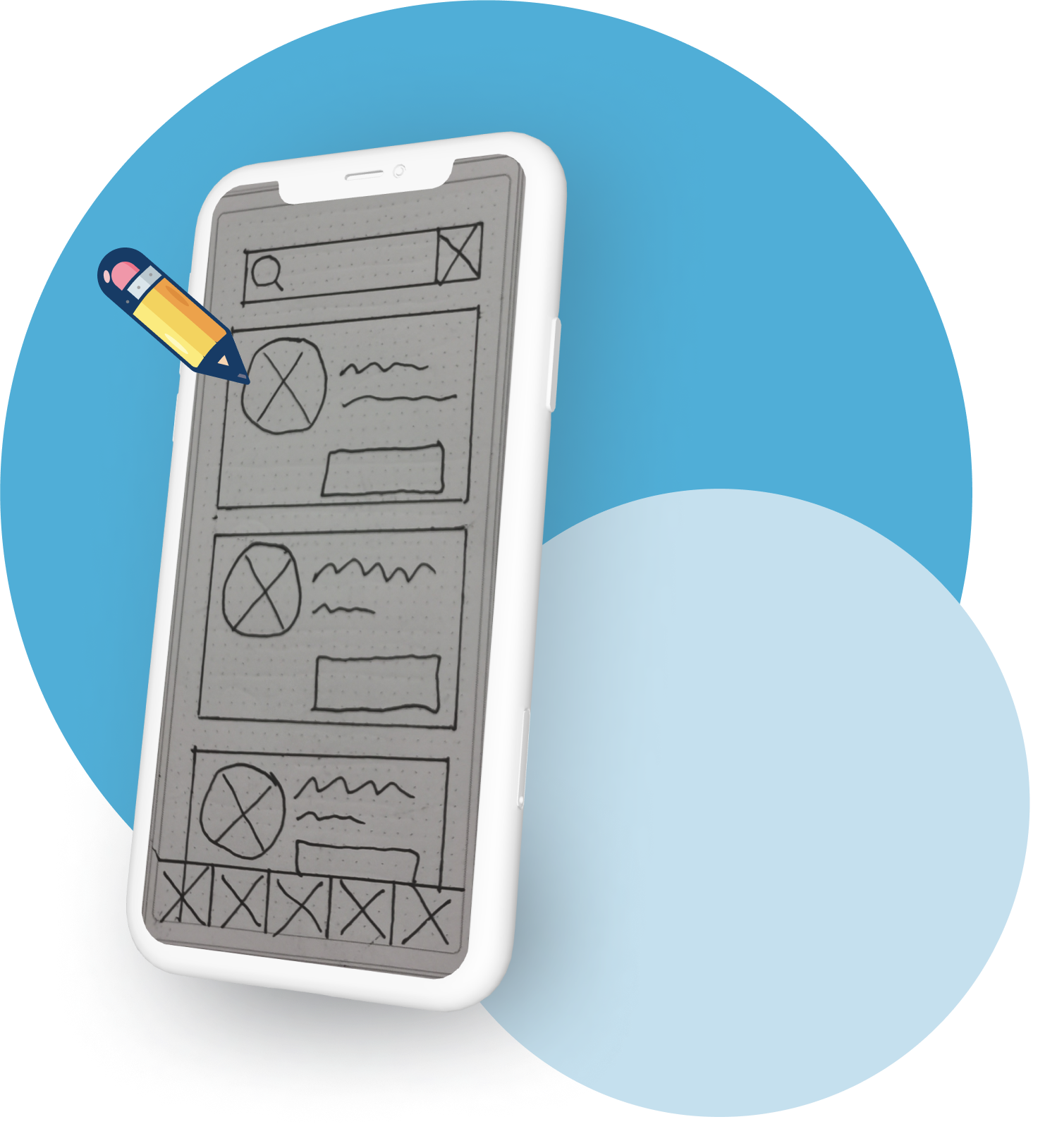
Making changes from low to high fidelity
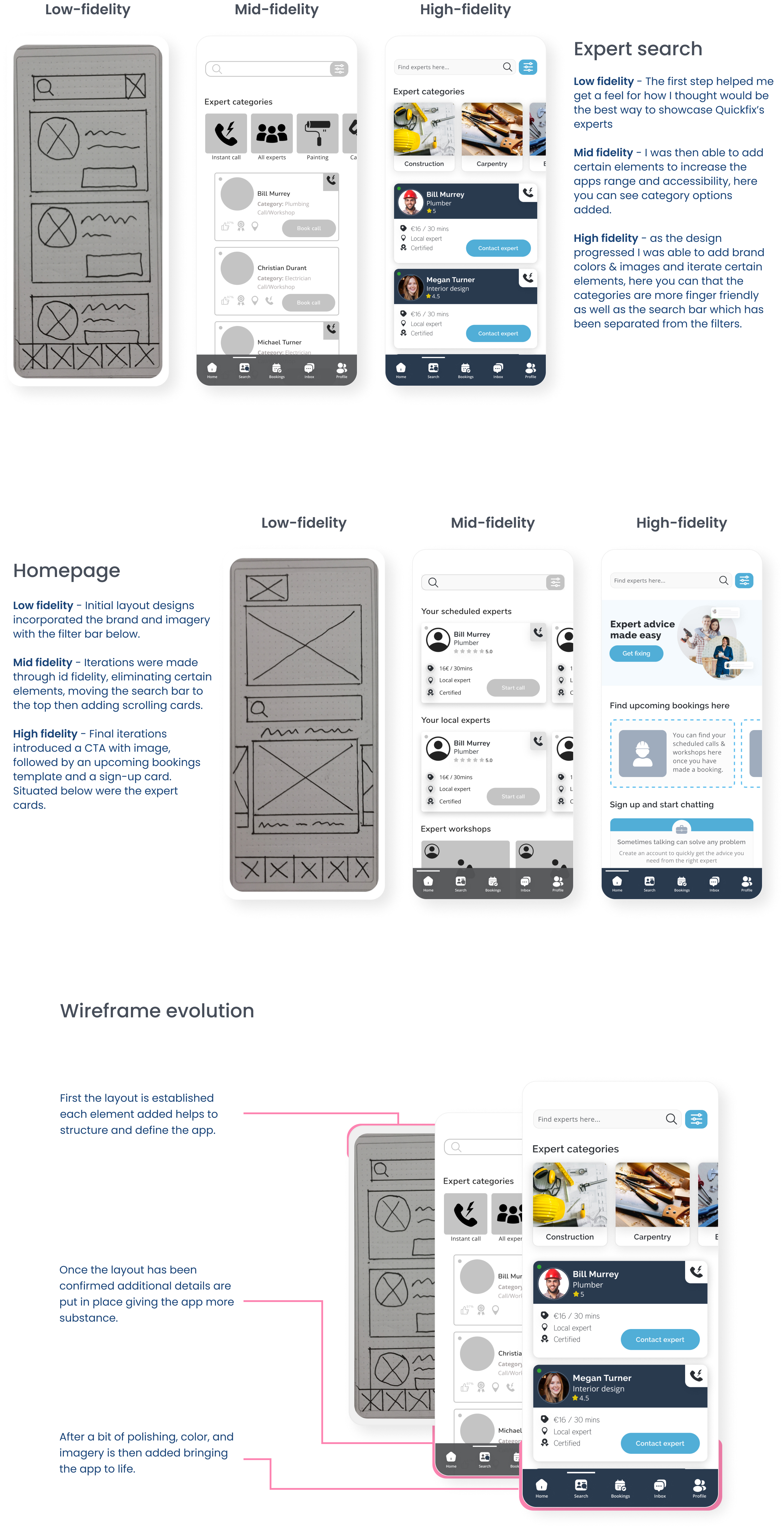
Usability testing
With a functioning interactive prototype I was then able to begin testing with users in order to uncover any potential errors and to ensure I had put together a cohesive user-friendly app.

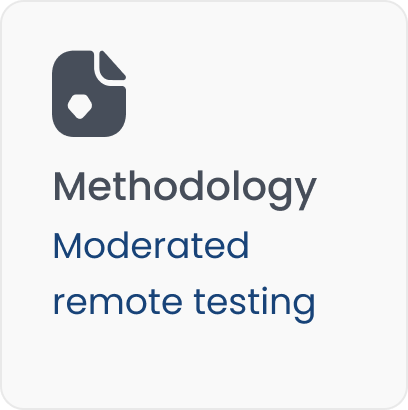
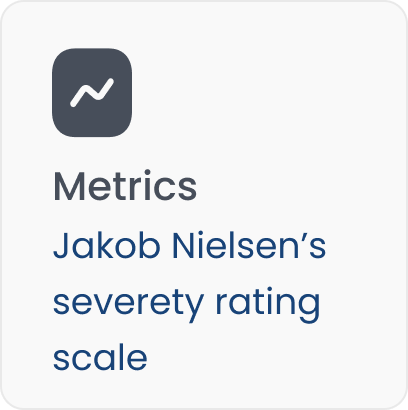
Participants
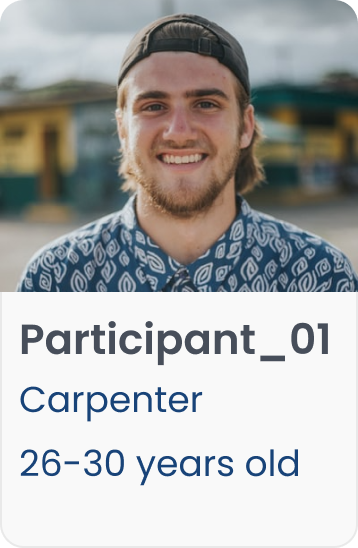
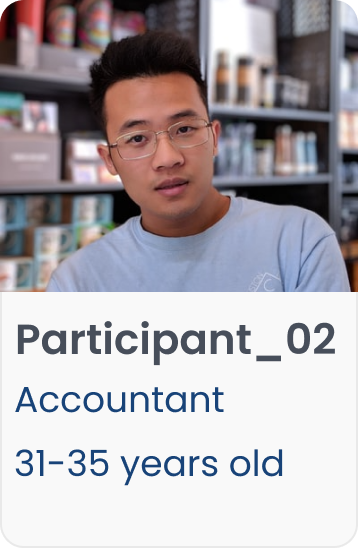
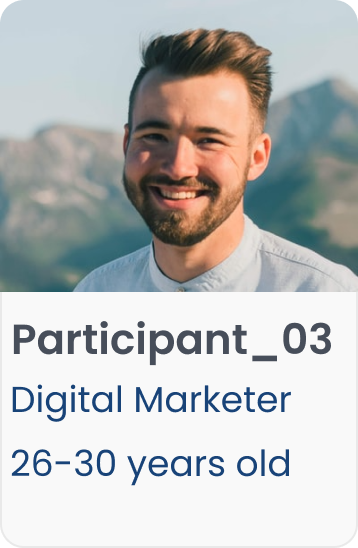
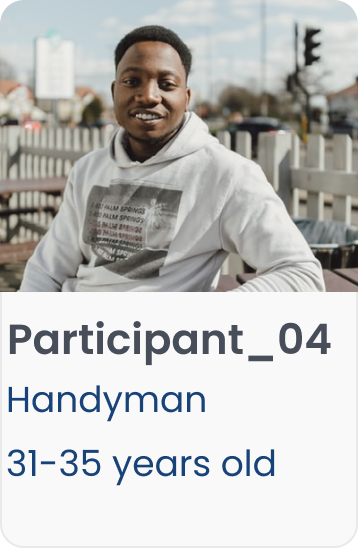
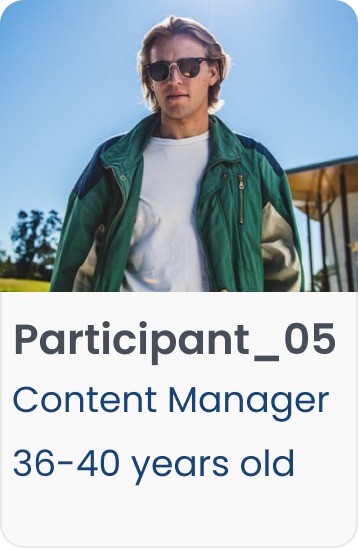
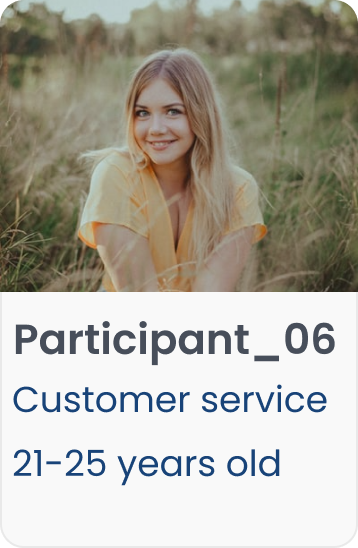
Affinity mapping
Extracting insights from test results.
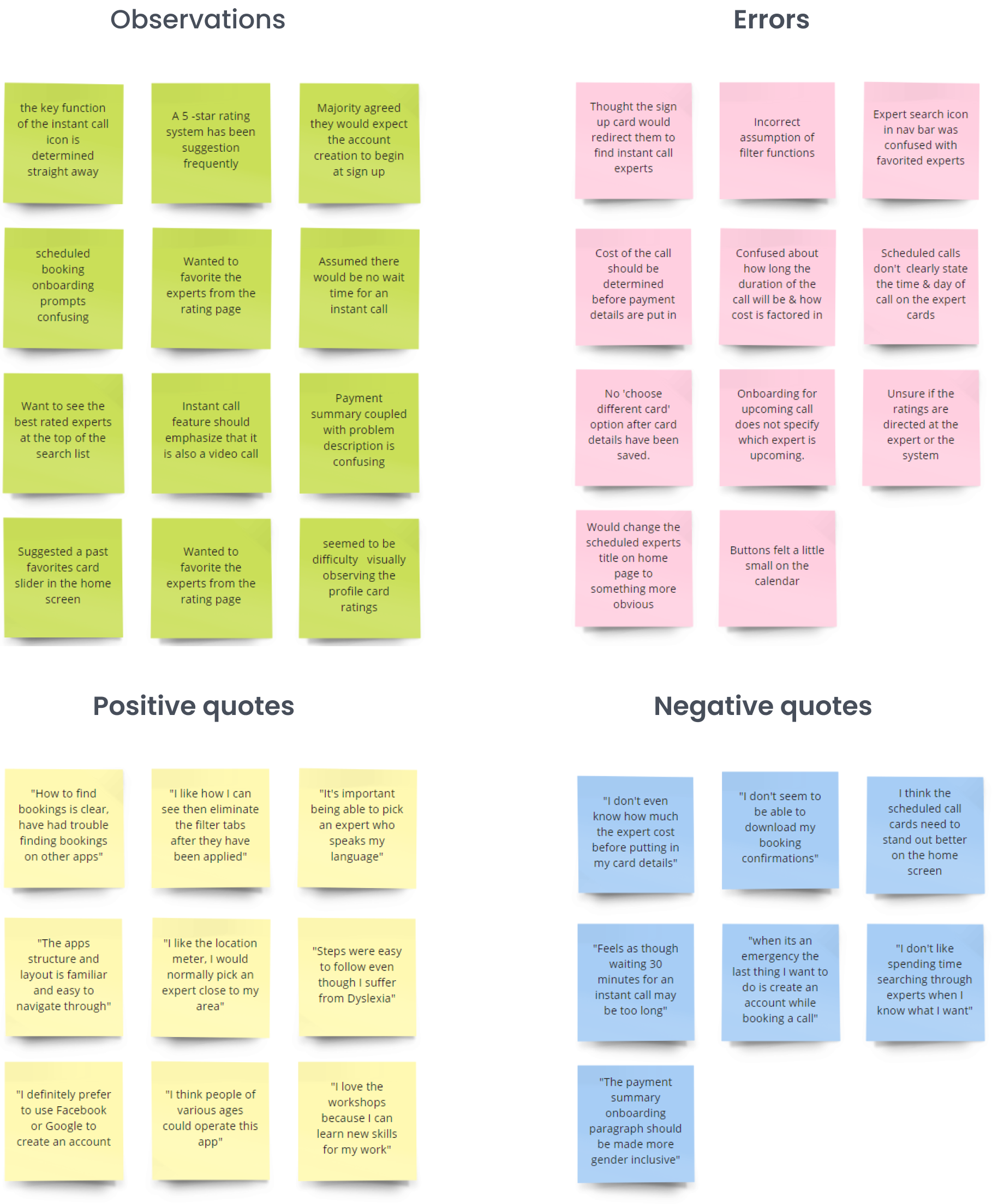
Rainbow spreadsheet
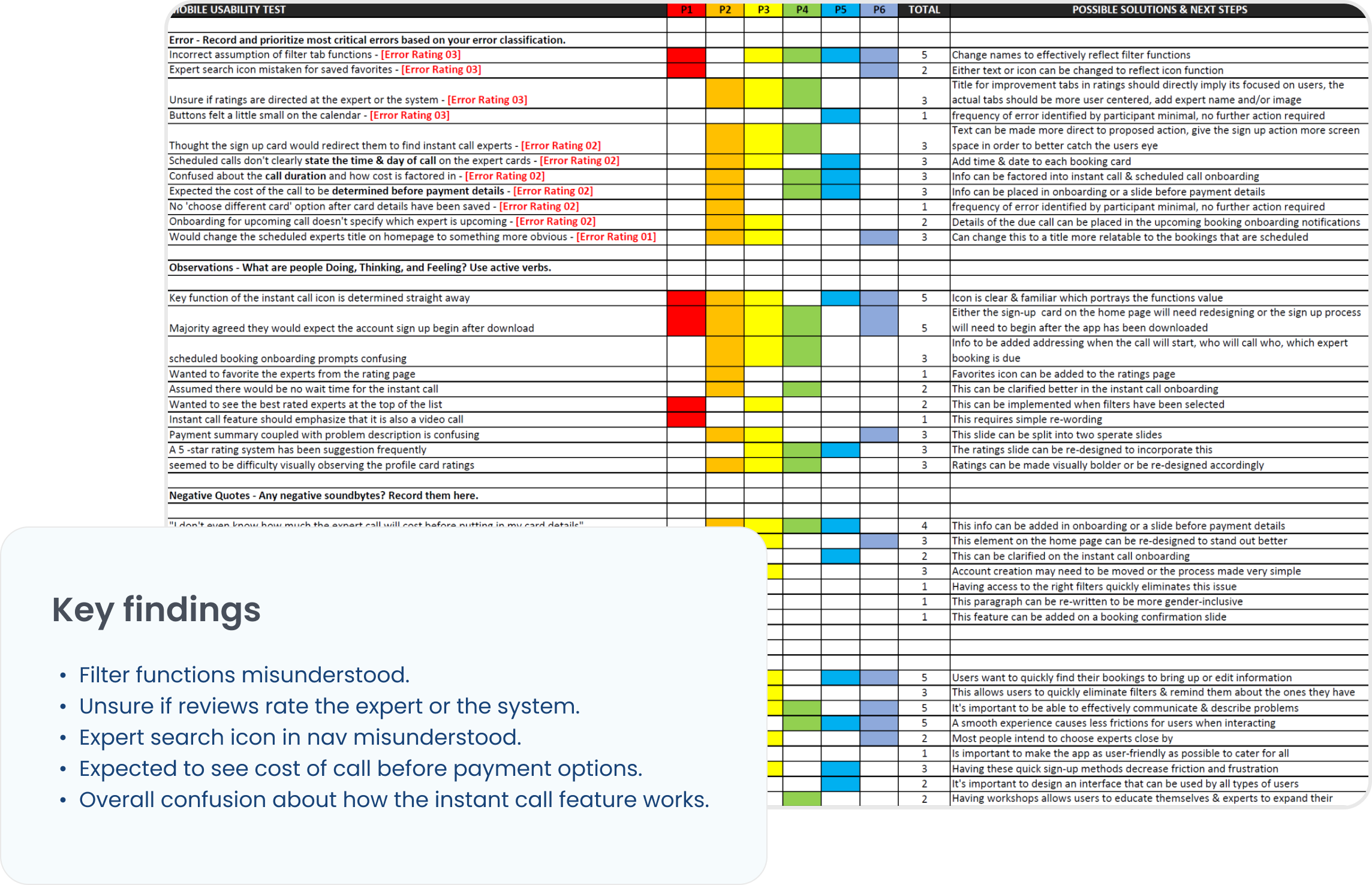
Refine
Through testing new insights are made and new iterations are designed.
Iterative design
Using the results from the tests and collaboration from other designers, I was able to iterate existing designs for better function and accessibility.
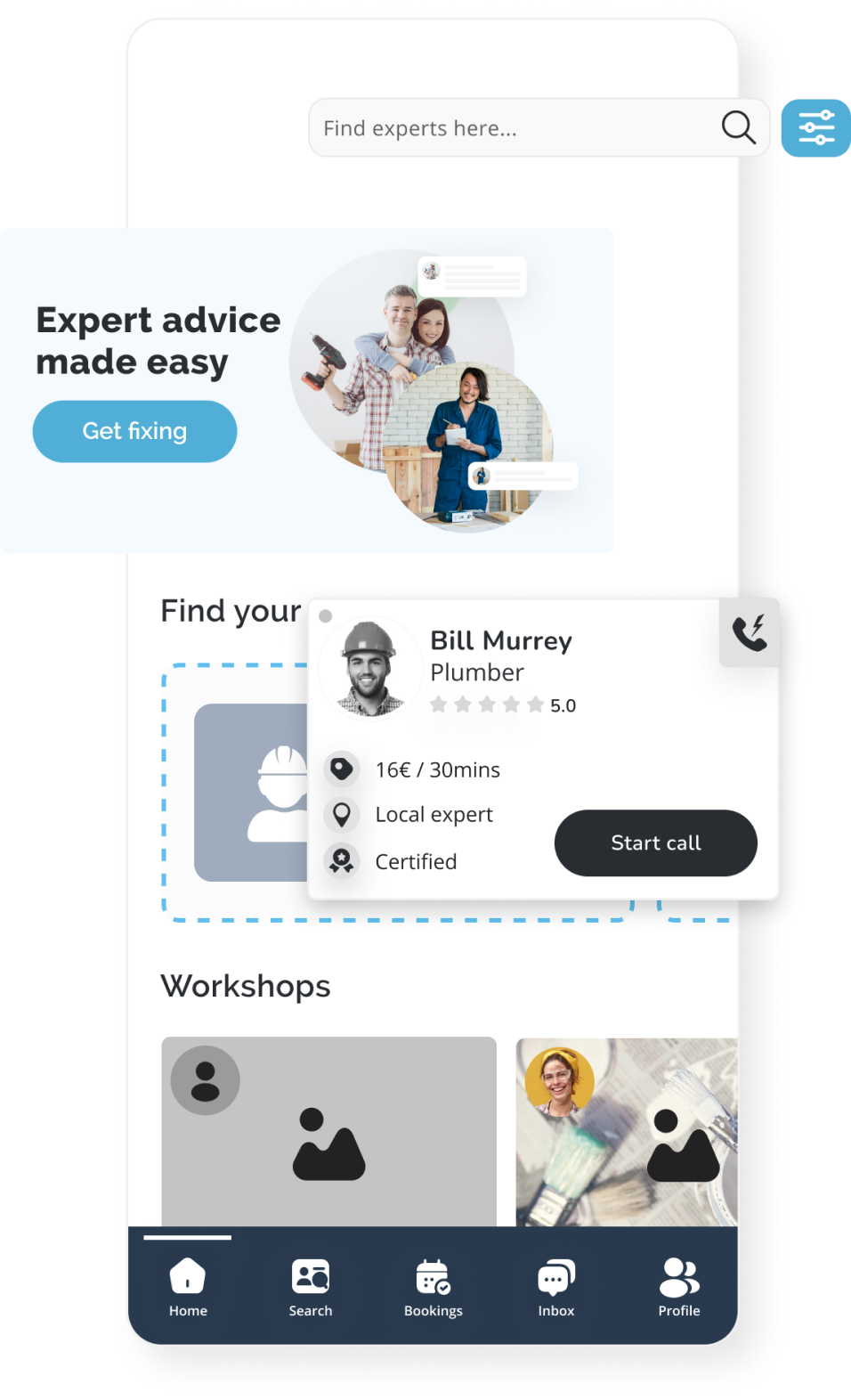
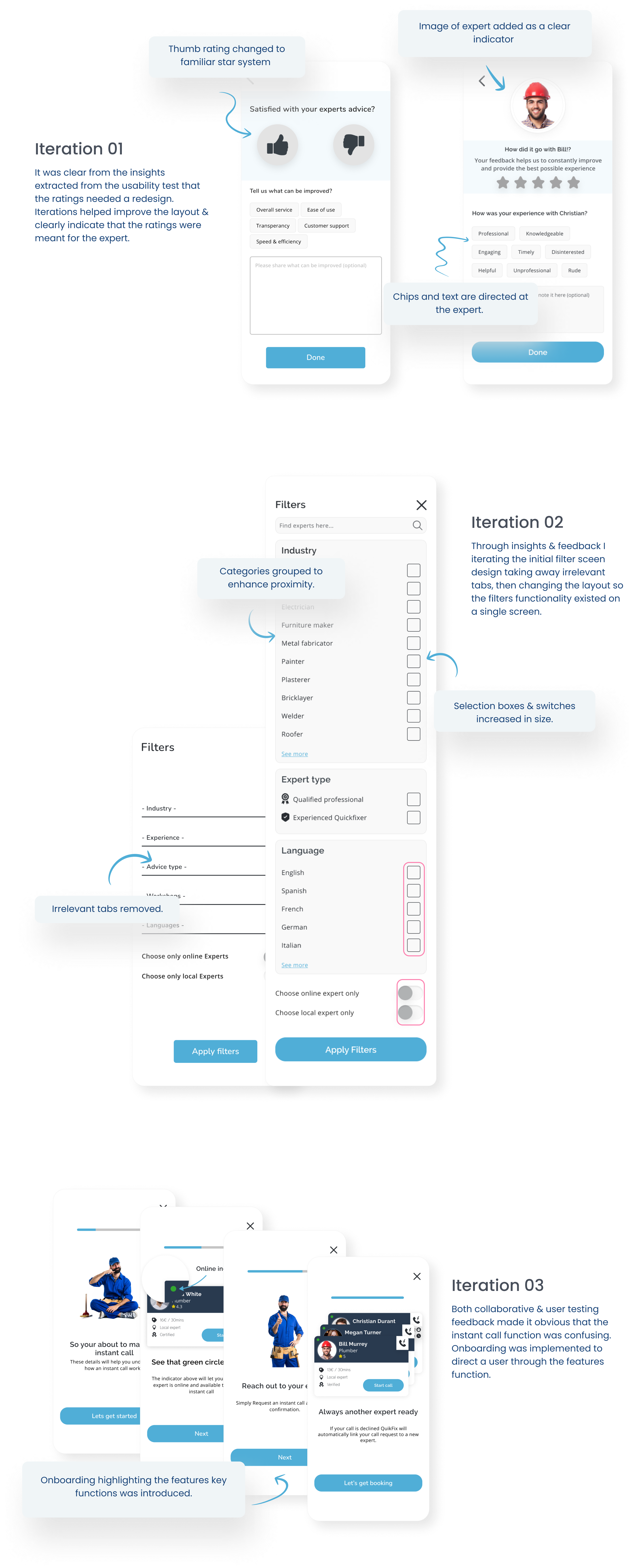
Designing for accessibility
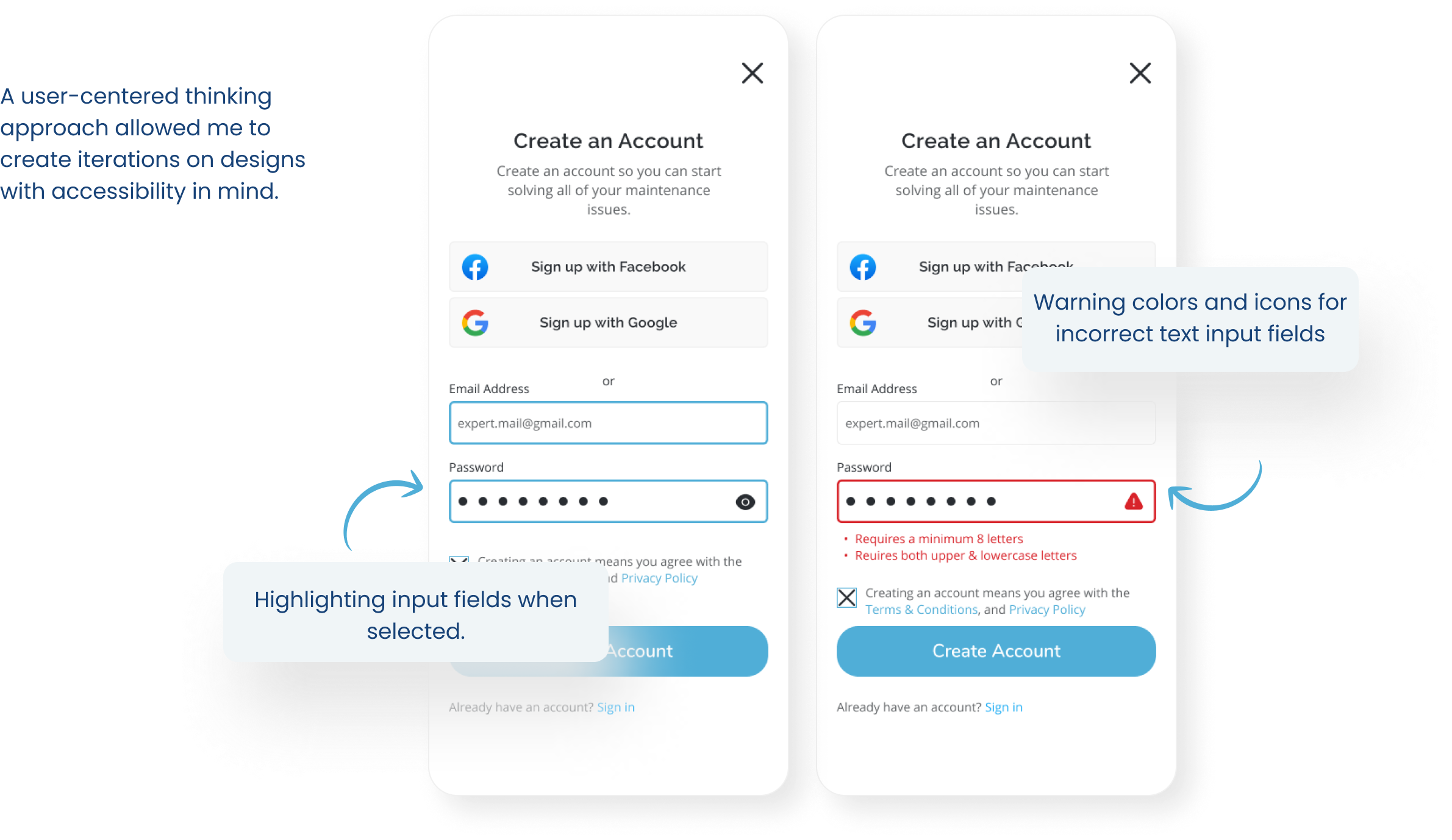
Onboarding with a user centered approach
My goal was to integrate an onboarding system that would lead a user through Quickfixes core features, minimizing friction while optimizing the app's usability.
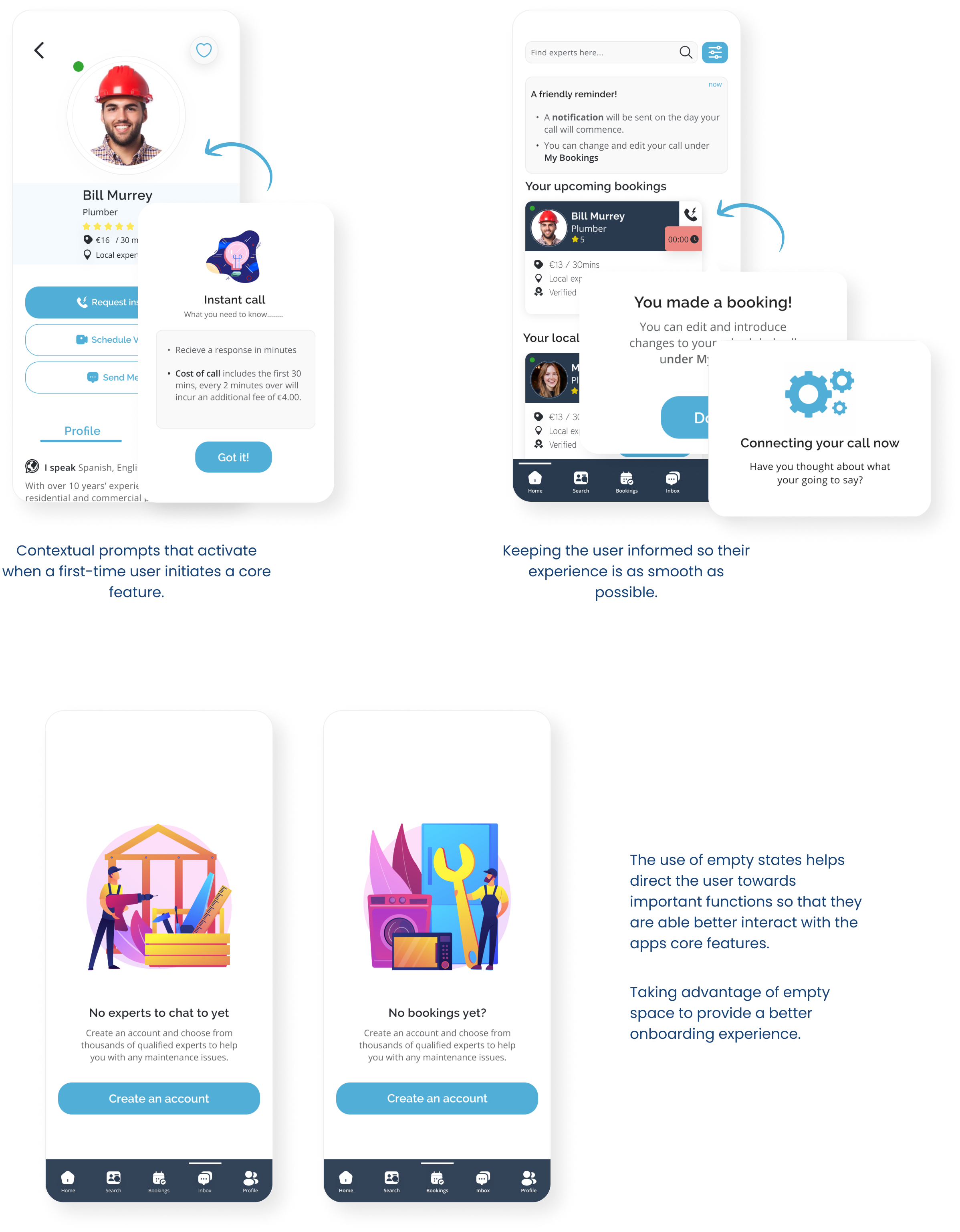
Present
With new iterations and a polished prototype, the app is ready to be presented.
Design language system
All aspects and elements of this app have been documented into a design language system to be made readily available for both designer and developer.
Open design systemAchieving user-centered design

What I have learned
What would I do differently
Thanks for scrolling through!
If you get a chance let me know what you think or if your interested in working together you can email me on sean.mhart90@gmail.com